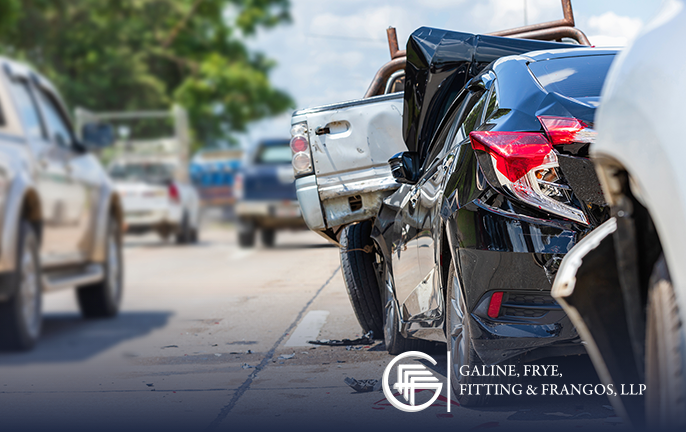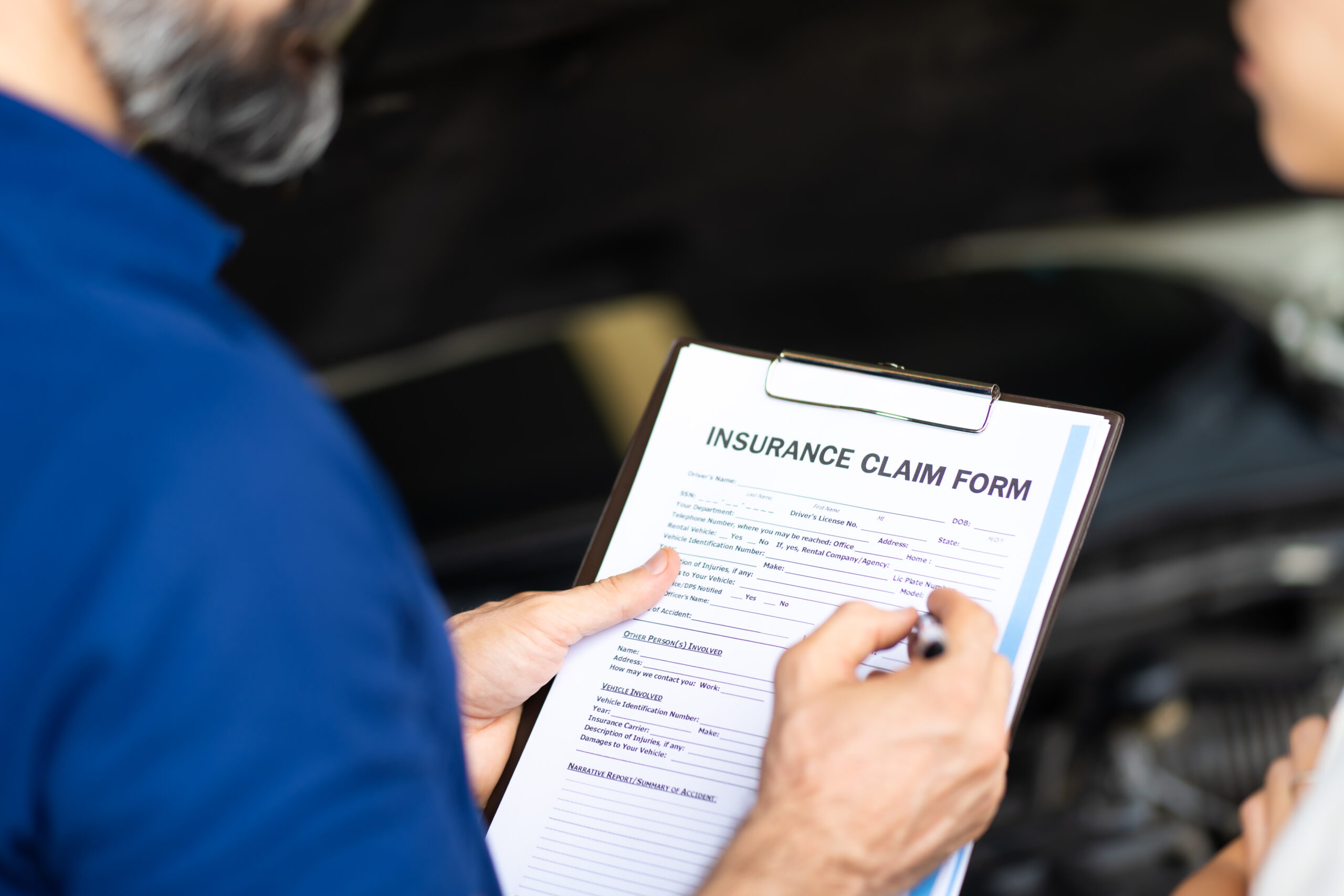Chain-Reaction Crashes, Negligence, and Liability in California Civil Actions
In any chain-reaction accident, questions of fault and liability can be especially complicated. If you're hurt in a chain-reaction crash, it is especially important to have an experienced San Mateo auto accident lawyer with the ability to do a complete and thorough investigation. Who was liable and who, therefore, potentially owes you an award of damages depends on the precise factual details of how the accident unfolded, and the way you discover those details is, among other things, through careful and in-depth accident scene investigation.
As a tragic real-life example, there's this chain-reaction incident from Contra Costa County covered by KTVU. The origin of the fatal accident seemed benign enough. A driver on westbound Interstate 80 experienced a flat tire and came to a stop in the left lane. The driver immediately behind that driver spotted the situation and braked in time. The third driver did not, impacting the rear end of the second vehicle.
The fourth driver didn't stop in time either, colliding with the rear of the third vehicle.
The damage was minor and no one was hurt, so the drivers exited their vehicles and moved to the median to exchange information. A fifth vehicle, when encountering the incident, tried to avoid the line of stopped cars by swerving left. That decision sent the Toyota Camry into the people standing in the median. The impact threw one man into the center median and one woman into the eastbound travel lanes, where she was run over by several cars. Both died at the scene.
After reading all that, you might wonder... who was responsible? Is fault placed 100% on the driver of the Camry, or is it a combination of several of the drivers?
How California Courts Determine 'Causation' in Injury Accidents
One of the keys to answering this is to understand the law of "causation" in California. California law says that, for a person to be negligent and potentially liable for civil damages, you must show that his/her negligence was a "proximate cause" of your injuries. That means that you must show that the harm you suffered flowed from the negligent actions or inactions by the defendant and that your injuries were a reasonably foreseeable consequence of that negligent conduct.
For example, the families of the two deceased people could have claims against the Camry driver. The law says that every driver must see what should be seen and operate their vehicle in such a way that it is reasonably under control at all times. The Camry driver, by swerving into the median, possibly was going too fast or was insufficiently attentive to what was in front of him/her, leading to the perceived inability to stop in time and subsequent swerve. That caused the injuries and was a reasonably foreseeable consequence of swerving onto a median where people were standing.
On the other hand, the first driver is less likely to be legally culpable. The law requires drivers to maintain their vehicle in a reasonably safe condition, so the first driver potentially was guilty of negligent failure to maintain their vehicle. However, even if the driver was negligent in that regard, having a breakdown in a freeway travel lane lead to a chain-reaction series of low-speed rear-end crashes that caused drivers to congregate in the median where a subsequent driver swerved and hit them would probably be seen by a court as not foreseeable. There are simply too many intervening events that break the required "causal link."
What this teaches is that, in a chain-reaction crash like this, there are many players involved and the key to getting the most from your injury lawsuit is correctly identifying who was to blame for the harm you suffered and who was not. When it comes to making this and other essential determinations about your circumstance, rely on the experienced San Mateo vehicle accident attorneys at the Law Offices of Galine, Frye, Fitting & Frangos to be that kind of effective legal advocate for you. To set up a free consultation with one of our helpful attorneys, contact us at 650-345-8484 or through our website.
YOU MIGHT BE ALSO INTERESTED IN
What Happens When You Experience…
You’re not alone if you find yourself avoiding driving, having nightmares about the crash, or feeling anxious every…
View PostCan You File a Claim…
Whether they were texting, reaching for something in their backseat, or lost in conversation while their vehicle slammed…
View PostHow Often Do Car Accident…
Car accidents are an unfortunate reality of life, and in most cases, they are resolved through insurance claims…
View Post
